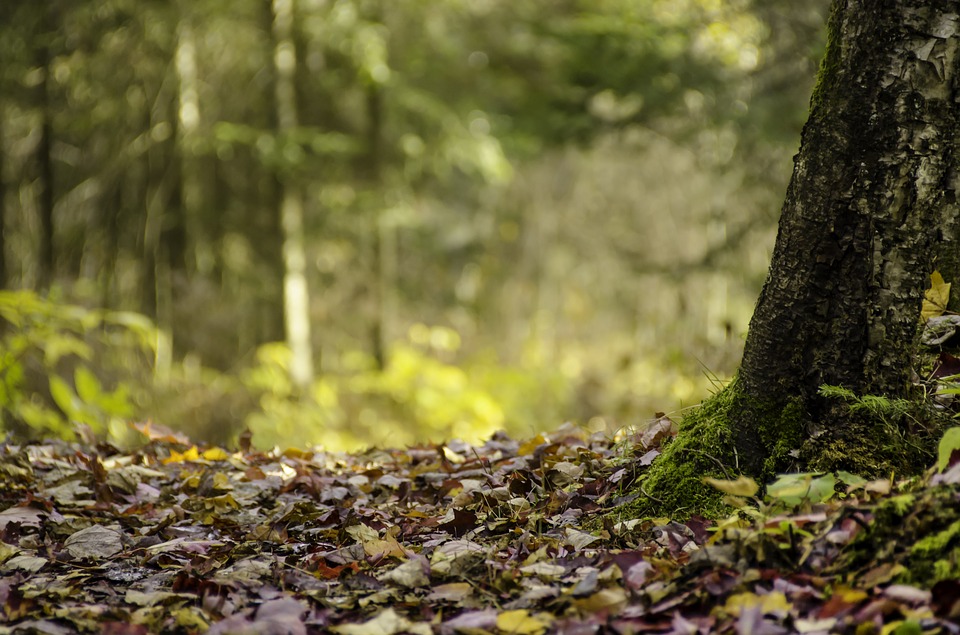Describing Nature
(Tips to help you tackle the outdoors without ever leaving your home.)
The forest for the trees.
When describing any setting, especially potentially spacious settings such as expanses of nature, you have two major components: the big picture (the forest) and the little picture (the trees). It’s generally best to start with one and move toward the other. Here’s a very crude example:
Big to little: “A massive forest stretched out before me, the hulking oak trees half-hiding smaller, silvery willows.”
Little to big: “Small silvery willows and hulking oak trees rose around me, creating a massive forest that stretched out into the distance.”
Of course this is only one sentence, but for more extensive descriptions you can still maintain the drift from one to the other, either building up all the details to then reveal the greater picture, or revealing the full picture first before zooming in.
Active words.
We want to use as many active words in our descriptions as we can manage without disputing the flow.
Instead of saying: “There was a grove of oak trees in the center of the clearing. Vines were growing around the branches and blue flowers were growing at their bases.”
We want: “A grove of oak trees bundled together in the center of the clearing. Vines choked their branches, their bases adorned by a wreath of blue flowers.”
Here’s an entirely incomplete list of the sort of words you can use; consult your thesaurus for more…
- Grow, sprout, rise, jut, tower, protrude, spear.
- Wrap, strangle, tangle, choke, embellish, array, pour.
- Lay, scatter, populate, lump, clutter, gather, run, hang.
These active words are also incredibly helpful to give a feeling of motion and life, either of the natural sort (wind brushing through leaves, animals scampering through brush, water flowing downstream), or in the case of magic, where the foliage is being grow supernaturally or is straight up part of a living being.
All the senses.
Senses are especially important when describing nature!
- Some general smells might be something like fresh, sweet, thick, damp, sharp, tangy, metallic, or you can go for specific smells like pine, mint, salt, rose, etc.
- Unless your pov character is sticking parts of the nature into their mouth, taste isn’t likely to come up, but keep in mind that you can smell many of the things you taste.
- The sounds of nature can be some of the most relaxing or terrifying; the gentle rush of water as bird song drifts through the trees, or a distant chorus of echoing howls followed by a sharp rustle of nearby branches.
- You don’t need your pov character to touch something in order to portray a physical sensation! Leaves can look rough or smooth, grass can be spiky or fluid, bark peels up crooked edges, the dead foliage on the ground crackles, a fine mist comes off crashing water, and spiky thorns jut out dangerously.
Figures of speech.
Using figures of speech in your descriptions of nature aren’t necessary, but they can be both fun and useful when you apply them well. A lump of beached seaweed might be a rotting monster, a coil of vines a sleeping snake, and finely pointed leaves knives.
Tone and emotion.
As with all descriptions, the words we use can create a specific feeling in the reader.
- Brighter, softer words will convey life, joy, and peace: golden light streaming through a canopy of flowering trees as squirrels dance along the branches.
- Harsh, dark words will give a more ominous or even frightening tone: A ceiling of heavy branches strangling out the light as a singe, ragged squirrel darts into a gaping hollowing in the base of a dying tree.
For more writing tips from Bryn, view the archive catalog or the complete tag!
